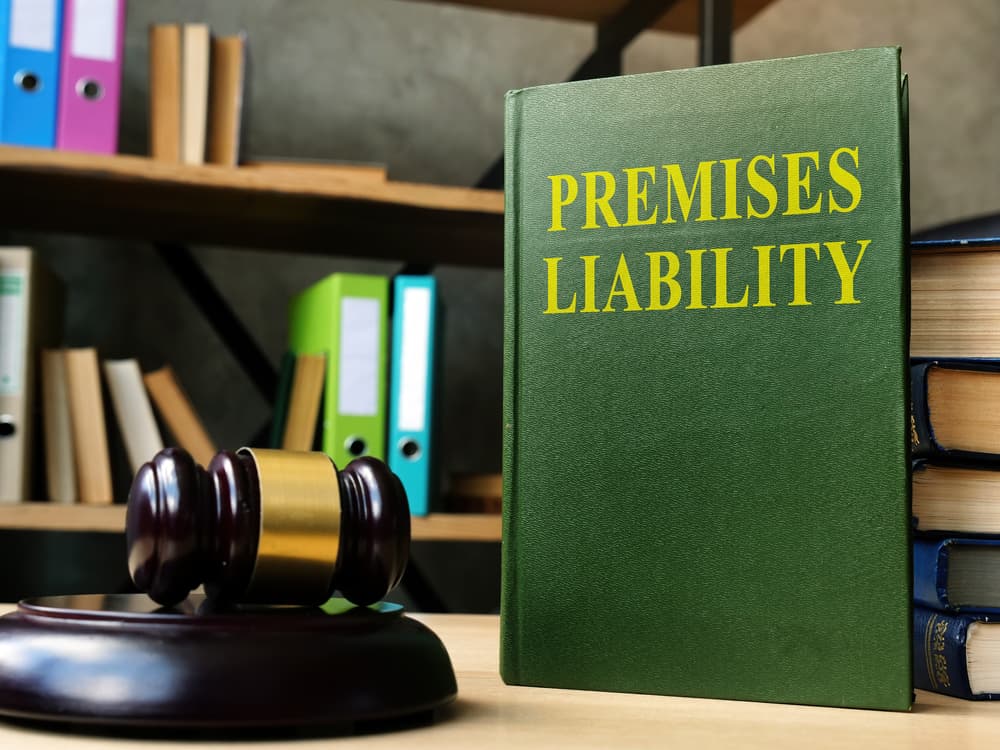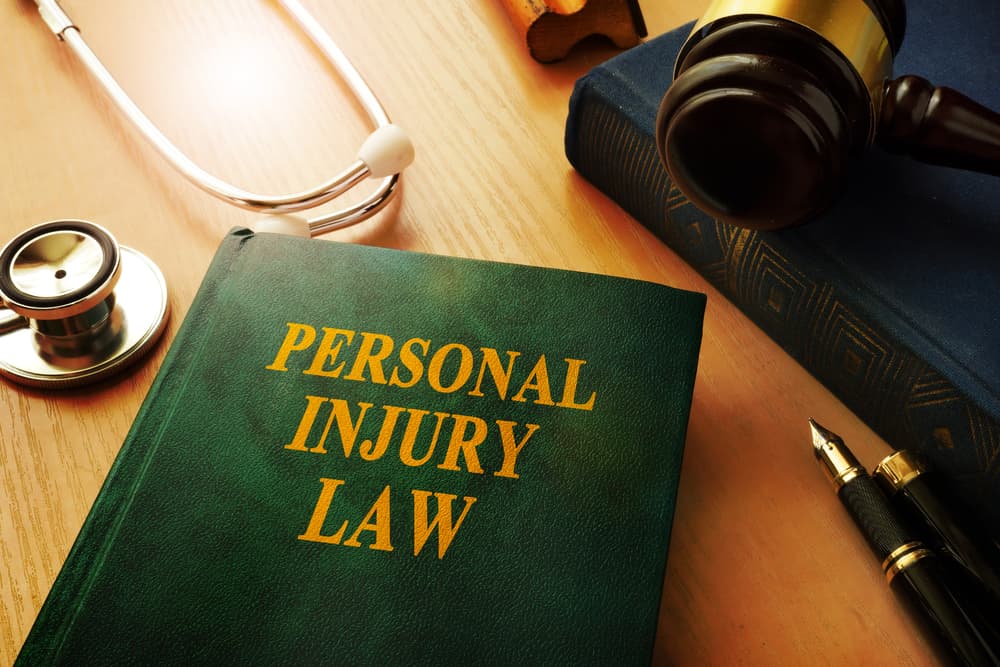
Servicemembers’ Group Life Insurance Traumatic Injury Protection (TSGLI) is a type of insurance that provides financial help for service members recovering from severe injuries. The financial help is short-term
Servicemembers’ Group Life Insurance includes TSGLI while the service member is on active duty. Congress established this short-term financial help to help those who suffered severe and catastrophic injuries while serving, including those in the Reserves and National Guard.
Why You Should Retain an Attorney to Help
An attorney experienced in military affairs helps service members collect TSGLI by ensuring the service member completes the application properly. If anything is left out or the types of injuries are not properly listed, the Veterans Administration will deny the claim. Service members who have to file an appeal could recover retroactive compensation.
Injury Date Eligibility
Not all service members qualify for TSGLI. The traumatic injuries must have occurred between October 7, 2001, and December 1, 2005. Any service member who suffered traumatic injuries after December 1, 2005, must have elected coverage under SGLI to recover compensation under TSLGI.
Additionally, the traumatic injuries must result from a qualifying traumatic event.
Types of Injuries Covered By TSGLI
A service member can only collect compensation under TSGLI for the following injuries:
- Loss of sight: Must be total and permanent and must have lasted 120 days or more. Loss of sight in one or both eyes qualify.
- Loss of fingers: The service member must have lost four fingers on the same hand, not including the thumb or the loss of the thumb above the metacarpophalangeal joint.
- Loss of hand: Must be at or above the wrist.
- Loss of foot or toes: Must be at or above the ankle, or the loss of all of the toes on the same foot. The loss must be at or above the metatarsophalangeal joint. The loss of the four smaller toes on one foot or the big toe at or above the metatarsophalangeal joint also counts.
- Total and permanent loss of the ability to speak.
- Total and permanent loss of hearing. The loss can be in one or both ears.
- Paraplegia, uniplegia, quadriplegia, or hemiplegic.
- Traumatic brain injury or coma that requires assistance to carry out two of six activities of daily living (ADLs).
- Facial reconstruction: To correct traumatic avulsions of the jaw or face that cause discontinuity defects.
- Second-degree or worse burns: Must cover 20 percent of the body, including the head and face, or 20 percent of the face only.
- Limb salvage operations: If done to an arm or leg as an alternative to amputation.
- Genitourinary loss.
- Any other traumatic injury that causes the service member to require assistance in carrying out at least two of six ADLs.
If a service member suffers any of the following conditions, they don’t qualify for TSGLI:
- Mental disorders.
- Physical diseases or illnesses.
- Routine medical or surgical treatments for diseases or illnesses.
- Medical complications or errors.
- Injuries sustained from attempting suicide or committing a felony.
- If the injures are self-inflicted.
- Injuries sustained while using a controlled substance that a medical professional did not prescribe.
- Injuries sustained while using an illegal substance.
Documentation to Include With a TSGLI Claim
When a servicemember submits a TSGLI claim, they and the medical professional must sign the form.
In addition to a correctly completed form, the service member should also submit documentation that supports their claim, including:
- ADL documentation in an occupational or physical therapy report.
- TBI and/or ADL documentation in neurological reports.
- An operative report for amputations.
- Hearing, speech, and eye test results for losses in those functions.
- A medical summary.
- A medical history.
- Patient discharge documents.
- An accident report.
- Patient movement request.
- A medical and/or physical evaluation board.
- Line of Duty.
If the service member has any other documentation that relates to their traumatic injuries, they should also submit those documents. An attorney experienced in handling TSGLI claims can help ensure that you have the appropriate documents to support your claim.
Processing Time for a TSGLI Claim
In most cases, it takes about 30 business days to process a service member’s TSGLI claim, as long as the application is correctly completed and includes all of the supporting documents.
If the claim is incomplete or has missing or incorrect information, the processing time is much longer. Additionally, if the claim is at the final appeal level and requires review by a review panel, it could take about 270 days to process the claim.
Before submitting a claim, the service member should ensure that the following information is correct and legible:
- Mailing address.
- Email address.
- Phone number and other contact information.
- Correct and appropriate signatures (the correct medical professional must sign the document).
- Banking information should be correct and legible.
- Documentation of losses in Part B, along with the medical professional’s signature.
- Include documentation that supports your claim for the injuries incurred. Keep in mind that the TSGLI office does not return medical documentation, so ensure that you have copies of everything you submit.
What Are Activities of Daily Living (ADLs)?
Many of the claims hinge on the inability to perform activities of daily living without help. These activities include bathing, dressing, using the bathroom, eating, continence, and transferring. If a service member needs help doing at least two of these functions, they could make a claim for TSGLI for a traumatic brain injury.
The service member must have the inability to complete these functions without help for a certain number of days into recovery. Depending on the ADL, it is 15 to 90 days after the traumatic event.
For injuries other than a traumatic brain injury, the service member must need assistance completing two of the six above-listed ADLs. The TSGLI office bases compensation amounts on the number of consecutive days the servicemember cannot care for themselves. Depending on the ADL, the number of days ranges from 30 to 120 days into recovery after the traumatic event.
Milestones and Breaks Between Consecutive Periods of Loss
A service member who loses at least two ADLs then recovers after the first 15- or 30-day period loses TSGLI payments. However, if sometime later, the service member has an additional surgery or other events and loses function again, can reapply for TSGLI payments after the second milestone—either 30 or 60 days, depending on the cause of the loss.
The service member must also submit documentation signed by a medical professional, just as they did for the first loss. For example, a service member suffers a TBI and receives TSGLI payments because they lose the ability to shower and eat on their own for 15 days but then recovers, loses the benefit.
The service member then undergoes another surgery for the TBI and then loses two of six ADLs again. The service member must meet the second milestone for the need for assistance, which is 30 days for TBI-related losses.
What if the Service Member Has Combined Losses?
When a service member is in a coma, they can collect TSGLI compensation based on the number of days she is in a coma. If the service member comes out of the coma and loses two of six ADLs, the time she was in the coma and the time of the loss of ADL is counted as one continuous time.
If the service member suffers the loss of ADLs because of a coma and another loss defined under TSGLI, the benefits pay based on the schedule of losses. And, if a service member suffers two losses, such as a TBI and another loss, the TSGLI uses the TBI schedule of days to compute payments.
How to Handle Multiple Traumatic Injuries
In some cases, a service member might suffer more than one traumatic loss. If the second loss is at least seven days from the first loss, the service member could submit a separate claim for the second loss.
If the TSGLI grants both applications, the service member receives compensation for the injury with the higher benefit amount. They do not receive compensation for both injuries. However, the TSGLI limits payments for a single event to $100,000.
How Often TSGLI Makes Payments
Once the TSGLI approves the claim, the service member receives a one-time payment for the traumatic event. The money is so that the service member can manage financially while recovering after a traumatic event.
However, if a service member files a claim for a second event that happened at least seven days after the first event, the service member will receive another payment for the second event upon approval of their application.
Receipt of Payments
The TSGLI always makes the payment to the service member. However, if the service member is legally incompetent, the TSGLI will forward the payment to the service member’s guardian or attorney under a durable power of attorney.
If the service member dies because of their injuries and the TSGLI approves the claim, the TSGLI pays the compensation to the beneficiary named on the SGLI policy.
What to Do if You Believe the TSGLI Wrongly Denied the Claim
You can apply for reconsideration if you have additional documents supporting your claim. If the TGSLI denies your claim again, you can forward your claim and all supporting documentation to the appropriate appeal panel for your service branch. You can also apply to your branch’s Review Board Agency.
Can a Family Member Apply for the TSGLI Benefit on Behalf of an Incapacitated Service Member?
Yes, as long as the family member has the appropriate letter of guardianship or power of attorney for the service member. Additionally, if a service member survived for at least seven days after a traumatic injury but then died, a family member can apply for TSGLI benefits. The beneficiary on the SGLI policy would receive the benefits in the event of the service member’s death.
FAQs
Can a Service Member Decline TSGLI Coverage and Keep SGLI?
No. Every service member automatically receives TSGLI if they elected for SGLI coverage. The cost of the TSGLI policy is $1 per month in addition to the premium for the SGLI coverage.
How Can a Service Member Obtain Copies of Documentation They Submitted to TSGLI?
TSGLI does not return the documentation you send. However, you can request copies by submitting an SF-180 to the TSGLI office by regular mail, email, or fax.
Does a Service Member Get Payment for the Loss of a Limb Plus Payment for Being Hospitalized for 15 Days?
No. The service member receives the higher of the two payments.
Who Makes the Rules for the TSGLI Program?
The Department of Veterans Affairs establishes guidance and manages the TSGLI Program.
What Are the Different Forms of Paralysis and What Qualifies Under TSGLI?
The following paralysis qualify for payments under TSGLI:
- Quadriplegia, which is when all four limbs are paralyzed.
- Paraplegia, which is when a person has paralysis of the lower body, including the legs. The paralysis must be complete.
- Uniplegia, which is when the service member suffers paralysis in one limb.
- Hemiplegic, which is when the service member suffers paralysis on one side of the body.
Which Medical Professionals Can Sign the Certifying Statement on the Application for TSGLI?
Not every medical professional must have a doctorate’s degree to sign the application for TSGLI.
As long as the medical professional has the appropriate licenses and is practicing within the scope of their license, the following medical professionals can give a primary certifying statement for TSGLI:
- Physicians and physician assistants.
- Dentists.
- Nurse Practitioners and Registered Nurses.
- Neurologists.
- Ophthalmologists.
- Speech and language pathologists.
- Audiologists.
- Occupational therapists.
- Physical therapists.
If you suffered traumatic injuries while in the service, contact an attorney experienced in filing TSGLI claims to help file an initial claim or an appeal.



